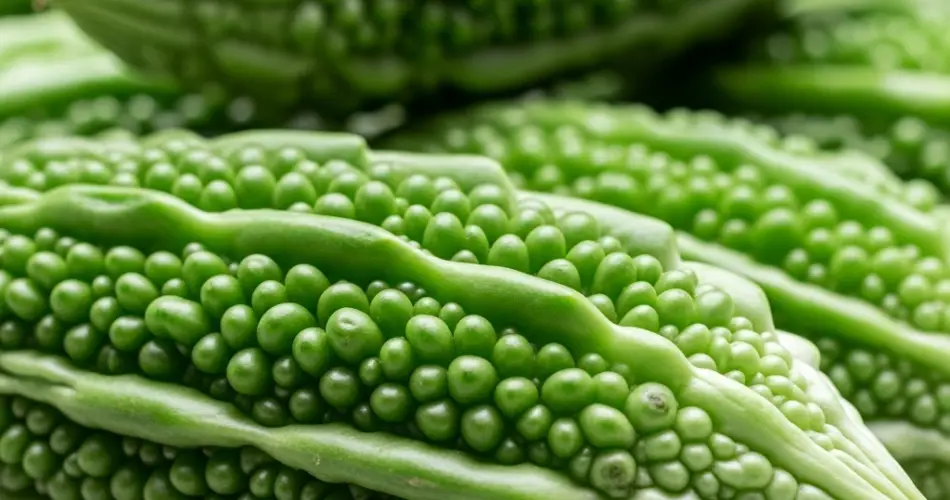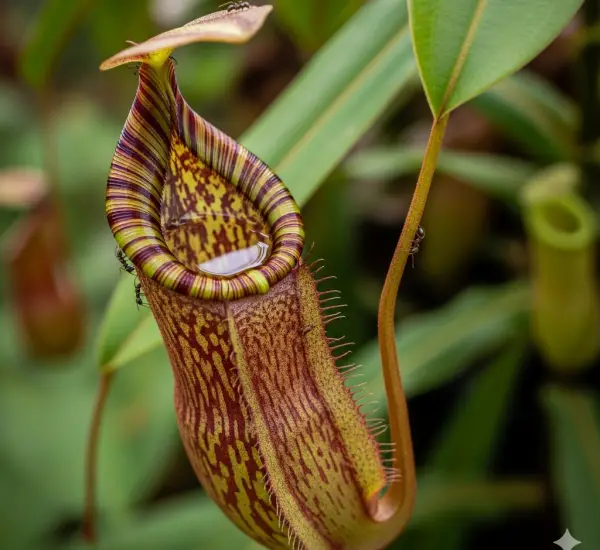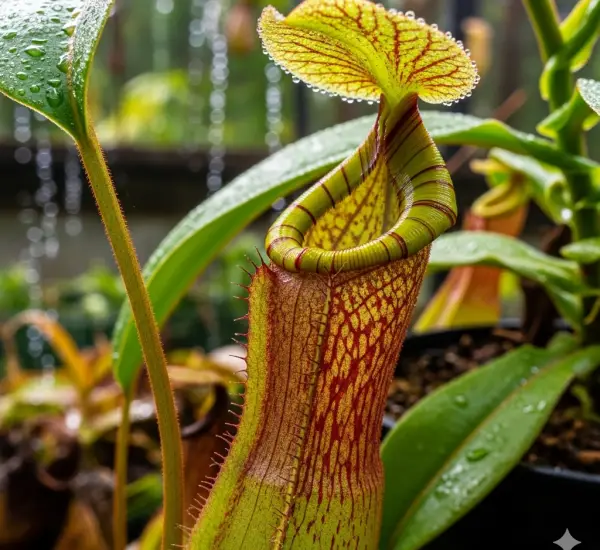Bitter melon (Momordica charantia), also known as bitter gourd or ampalaya, is a tropical vine grown for its distinctively bitter fruit, which is used in various Asian and traditional dishes. This warm-season crop can be grown successfully from seed, even by beginners, as long as you provide the right conditions for germination and early growth. Starting bitter melon from seed is an economical and rewarding way to cultivate this health-promoting vegetable in your home garden.
This article covers everything you need to know—from seed preparation to transplanting—to get your bitter melon plants off to a strong start.
Why Grow Bitter Melon from Seed?
Starting from seed allows you to:
-
Choose from a wider variety of cultivars
-
Save money compared to buying seedlings
-
Time your planting to match your local climate
-
Grow organically from the beginning
Since bitter melon is sensitive to root disturbance, starting it from seed directly in its final location or in biodegradable seedling pots is often the best approach.
Step 1: Choose the Right Seeds
Select seeds that are suited to your climate and garden space. Bitter melon comes in various shapes and sizes, from short and stubby to long and deeply ridged. Look for varieties that are disease-resistant and fast-maturing if you live in regions with shorter growing seasons.
You can buy seeds from reputable suppliers or save seeds from mature fruits. However, if saving seeds, be sure they come from a non-hybrid variety for reliable results.
Step 2: Soak Seeds for Better Germination
Bitter melon seeds have a tough outer shell that can slow germination. To improve sprouting success, pre-soak seeds:
-
Place the seeds in warm water (about 100°F or 38°C) and soak them for 24 hours before planting.
-
Alternatively, scarify the seeds by gently nicking the seed coat with a file or sandpaper to help water penetrate.
Pre-soaking or scarification softens the seed coat and accelerates germination, especially important if you’re growing in cooler environments where germination is slower.
Step 3: Start Seeds Indoors (Optional)
In cooler climates or short growing seasons, starting bitter melon seeds indoors 3–4 weeks before the last frost can give your plants a head start.
-
Use biodegradable pots or seed trays filled with light, well-draining seed-starting mix.
-
Plant seeds about ½ inch (1.25 cm) deep.
-
Keep soil temperature around 75–85°F (24–29°C) to encourage sprouting.
-
Water lightly but consistently to keep the soil moist—not soggy.
Seeds should germinate within 7 to 14 days under warm, moist conditions.
Step 4: Direct Sowing in the Garden
In warmer regions, you can sow bitter melon seeds directly outdoors once the soil has warmed to at least 70°F (21°C), and all danger of frost has passed.
-
Choose a sunny location with rich, well-draining soil.
-
Mix compost or aged manure into the top 6 inches of soil to improve fertility.
-
Sow seeds 1 foot apart along a trellis or fence, planting 2 seeds per hole.
-
Thin to one healthy seedling per spot after they sprout.
Keep the soil consistently moist during the first few weeks to support strong root development.
Step 5: Harden Off Seedlings Before Transplanting
If you’ve started your seeds indoors, it’s important to harden off your seedlings before moving them outside permanently.
-
About 7–10 days before transplanting, gradually expose the seedlings to outdoor conditions.
-
Start with a few hours of sun in a sheltered spot and slowly increase exposure.
-
Avoid transplanting during windy or extremely hot days.
Once hardened, transplant seedlings into their final location, spacing them 12–18 inches apart with access to a sturdy trellis or vertical support.
Step 6: Early Care for Healthy Seedlings
Bitter melon seedlings grow quickly once established. To ensure healthy development:
-
Provide support early: Place a trellis, pole, or netting next to young plants so they can begin climbing as they grow.
-
Water regularly: Keep soil evenly moist, especially during dry periods. Avoid overwatering, which can cause rot.
-
Feed lightly: Once seedlings have 2–3 true leaves, begin feeding with diluted compost tea or an organic fertilizer every 2–3 weeks.
Mulching around the base of the plants helps retain moisture and suppress weeds without disturbing the roots.
Troubleshooting Common Problems
-
Poor Germination: Often due to low soil temperatures or hard seed coats. Try soaking or scarifying seeds, and ensure the soil is warm enough.
-
Damping Off: A fungal disease that kills young seedlings. Use sterile seed-starting mix, avoid overwatering, and ensure good air circulation.
-
Leggy Seedlings: Usually a result of inadequate light. Provide bright light or full sun to avoid weak, spindly growth.
Final Thoughts
Growing bitter melon from seed is a practical and rewarding method for gardeners seeking flavorful, healthful produce. With the right preparation—soaking seeds, providing warmth, and offering early support—your seedlings will thrive and be ready to produce a generous harvest by mid to late summer. Whether you’re growing in-ground, in raised beds, or in large containers, starting from seed allows you to enjoy the full experience of nurturing this unique vine from sprout to fruit.



